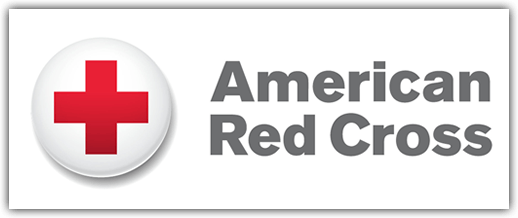First Aid/CPR/AED
Your Contact/Instructor: Anthony Ricci 951.764.4946 or medicricci@gmail.com
This class is limited to ten people.
The American Red Cross First Aid/CPR/AED program helps participants recognize and respond appropriately to cardiac, breathing and first aid emergencies. The courses in this program teach the knowledge and skills needed to give immediate care to an injured or ill person and to decide whether advanced medical care is needed.
Course length is 5 hours.
Learning Objectives
- Describe how to recognize an emergency and size up the scene.
- Explain how to activate and work with the emergency medical services (EMS) system.
- Understand legal concepts as they apply to lay responders, including consent and the purpose of Good Samaritan laws.
- Identify how to reduce the risk of disease transmission when giving care.
- Demonstrate how to check a person who is responsive for life-threatening and non-life-threatening conditions.
- Explain how to check an injured or ill person who appears to be unresponsive.
- Recognize the signs and symptoms of a heart attack and describe appropriate first aid care for a person who is showing these signs and symptoms.
- Describe the links in the Cardiac Chain of Survival.
- Demonstrate CPR and use of an automated external defibrillator (AED) for a person who is in cardiac arrest.
- Demonstrate first aid care for a person who is choking.
- Recognize the signs and symptoms of shock and describe appropriate first aid care for a person who is showing these signs and symptoms.
- Recognize the signs and symptoms of, and describe appropriate first aid care for, the following sudden illnesses: breathing emergencies, diabetic emergencies, seizures, fainting and stroke. Describe methods used to control external bleeding, including the application of direct pressure and the application of a commercial tourniquet.
- Demonstrate the application of direct pressure to control external bleeding.
- Explain when a commercial tourniquet should be used, and describe the basic principles of using a tourniquet.
- Recognize the signs and symptoms of, and describe appropriate first aid care for, the following injuries: burns; muscle, bone and joint injuries; and head, neck and spinal injuries, including concussion.
- Recognize the signs and symptoms of, and describe appropriate first aid care for, the following environmental injuries and illnesses: heat-related illnesses, cold-related illnesses and poisoning.
Certificate Issued and Validity Period
All First Aid/CPR/AED certifications, with the exception of Bloodborne Pathogens Training, are valid for
2 years from the date of course completion. Bloodborne Pathogens Training certification is valid for 1 year from the date of course completion. On successful completion of a course in the First Aid/CPR/AED program, participants receive American Red Cross certification specific to the course they completed.
Improve your knowledge and ability of life-saving emergency care by taking the new Range Emergency Care (REC) Course!
The REC course builds upon what is learned in the American Red Cross 1st Aid/CPR/AED class by taking you as close to real world as you can get in a classroom. Using actual footage of various medical and traumatic emergencies, participants learn to distinguish between minor problems and major emergencies. Options for treatment and care are discussed, and plenty of hands-on practice is done using the OmniFAK-911’s proven, life-saving tools
Unlike any other lay-person course out there, REC covers both medical and traumatic emergencies, areas in which the instructor has extensive personal experience both in the civilian and military environment.
With his extensive background as a Paramedic and Military Medic, Tony Ricci is supremely qualified to teach First Aid/CPR/AED and the Range Emergency Care (REC) course. His ability to reduce complex information to manageable and retainable components is exemplary…
I cannot say enough great things about this class and Tony’s approach to teaching. Tony presented the material in a manner that was engaging, informative and focused on helping the class understand the intent behind each lifesaving technique to allow us to better apply it in various situations…
I would recommend the REC course to those who have taking a basic First Aid/CPR/AED course to supplement their skill set. I would also highly recommend this course to anyone who is in a supervisorial role at a gun range or other shooting activities…


